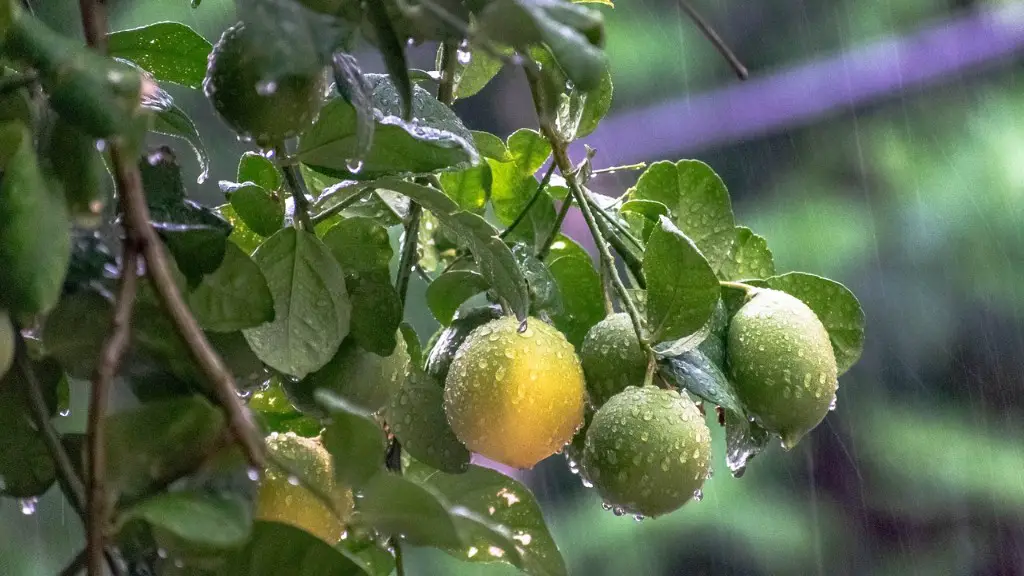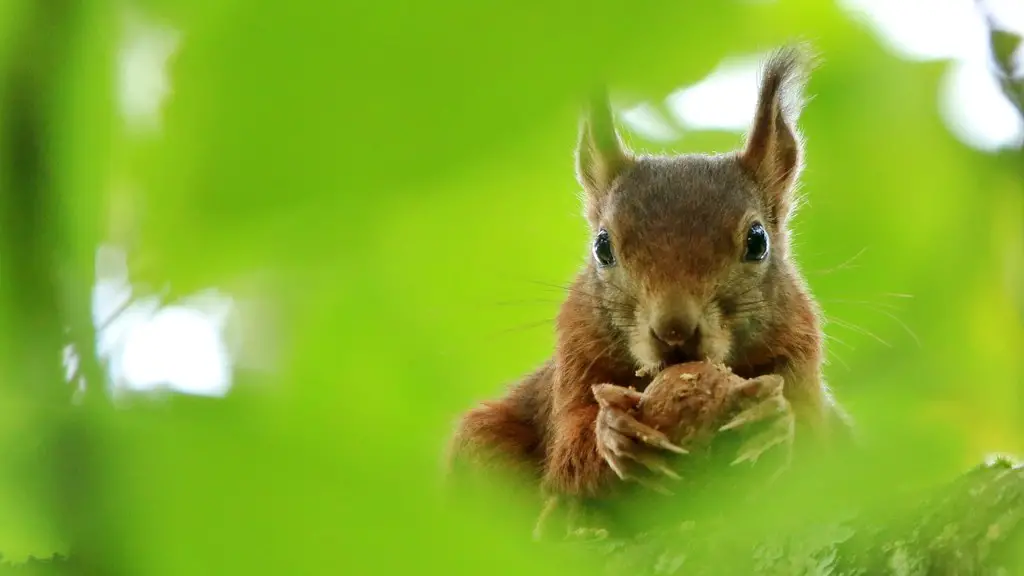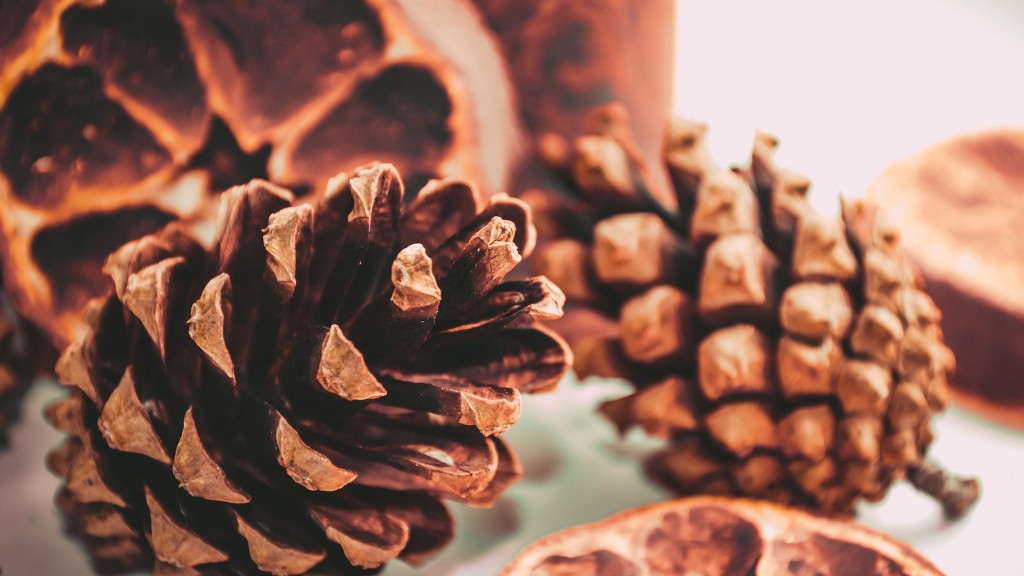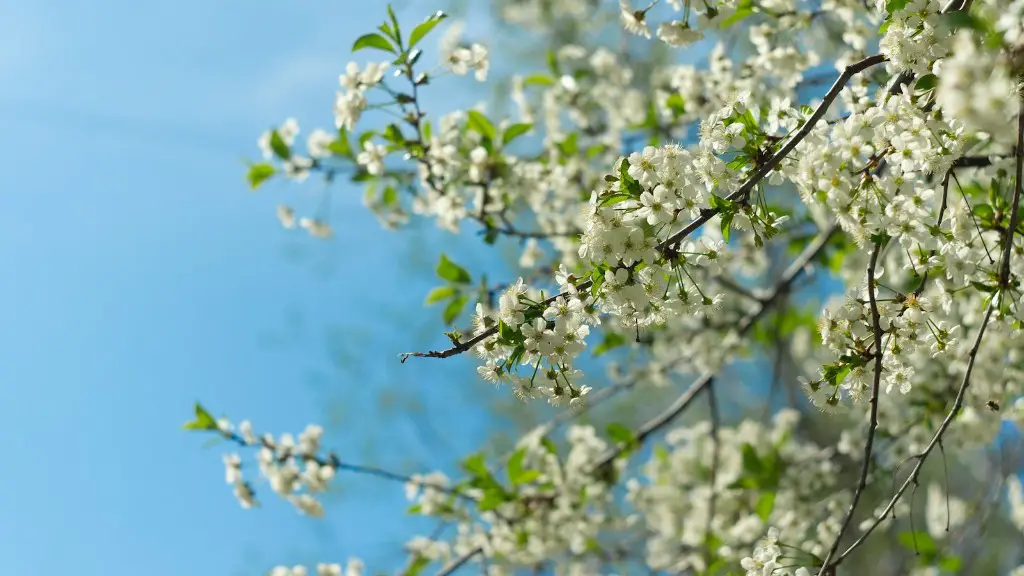Palm tree seed pods are large, wooden-like structures that can be found on almost any palm tree variety. They are often thought of as attractive and attractive, but in reality, they can become a source of stress and nuisance if not removed.
Removing palm tree seed pods is a process that requires some knowledge, patience and expertise. It is best to enlist the services of a professional landscaper or gardener to assist but if you want to try and tackle it yourself, here are some tips to help.
Remove Seed Pods As Soon As Possible
It is essential to remove seed pods as soon as possible. If left unattended, they may start to burst, releasing hundreds of tiny seeds that could spread and establish themselves in the surrounding area, causing a huge mess. The pods are also vulnerable to fungi and pests and can quickly become a source of pests in the garden.
Gather Proper Equipment
Having all the necessary tools on hand is paramount when attempting to remove palm tree seed pods. Depending on the size and type of the pods, this can include a ladder, hand saw, pruning shears, and gloves. As these structures can be quite hardy, it is advisable to use power tools or sharp instruments to cut them down safely.
Cut Down the Pod
Once all the necessary equipment is gathered and the desired height is established, the next step is to start trimming the seed pod. It’s important to be careful and start cutting at the base of the pod in a downwards motion towards the ground. Continue cutting until the entire medium has been removed, being careful to avoid damaging other parts of the tree.
Remove Debris
Once the pod has been cut down, the next step is to clean up the remaining debris. It is essential to pick up all pieces and dispose of them in a safe manner. If not, this could potentially lead to further problems in the garden.
Long-term Maintenance
To ensure that seed pods do not reappear, it is important to keep an eye on the area. If new growth is observed, it should be immediately trimmed, as this will prevent bigger or tougher pods from forming.
Consult Professionals Before Removal
It is best to consult with professionals before attempting to remove palm tree seed pods. They can offer invaluable advice and help not just with the removal process, but also with any other questions or concerns one may have.
Preserve Seed Pods For Souveniers
For some, seed pods can serve as a special keepsake or souvenir. It is possible to preserve a seed pod by air-drying it or by using a special sealant. Once the process is complete, one can further decorate the seed pod, transforming it into an attractive décor piece.
Use Smoothing Techniques
Once the seed pod is cut down and the area is swept clean, sanding is recommended. Using a variety of sandpaper textures, the entire surface should be smooth and free from anything potentially harmful or unsafe, such as splinters.
Cover Openings With Filler
Although it is best to avoid cutting the trunk of the palm tree, sometimes this is unavoidable. To prevent these areas from becoming a source of infection, a sealant or filler should be applied to cover all openings.
Apply Organic Fertilisers
Organic fertilisers are beneficial for the health and overall growth of the tree. Fertilisers such as compost and fertilisers made from animal manures are recommended. Additionally, topping off with mulch or organic matter can help retain moisture and keep the tree free from pests and diseases.
Keep The Area Clean And Unobstructed
Keeping the area around the palm tree clean and unobstructed by debris and shrubs is paramount. This will help reduce the risk of infestation. Additionally, it is possible to install an irrigation system to reduce water stress, as palm trees require more water than other types of trees.
Apply Protective Fungicides
To further protect the palm tree from fungi and pests, a fungicide should be applied. Products such as fungicides and antifungal agents are available and can help keep the tree healthy. However, before using them, it is important to read the instructions carefully.
Regular Pruning For Better Results
Regular pruning is essential to maintain the health of a palm tree. This will help to promote vigour and growth, keep the tree free from pests, and keep the area clean from fallen leaves and unwanted vegetation.
Birds Netting For Protection
Due to their attractive nature, palm trees often attract birds and other critters. To keep them away, one can install bird netting, which creates a physical barrier that can deter the specimens from getting through.
Consistent Watering To Prevent Drought Stress
Water is essential to ensure the health and longevity of a palm tree. Depending on the weather conditions and other environmental factors, one should adjust the frequency and amount of water accordingly. Factors such as compost and fertilisers also impact the water requirements of palm trees.
Regular Inspections To Monitor The Health Of The Tree
Carrying out regular inspections can help to monitor the health of the tree and detect any potential problems early on. Spotting diseases and Identifying pests quickly will ensure the palm tree remains healthy and robust.




